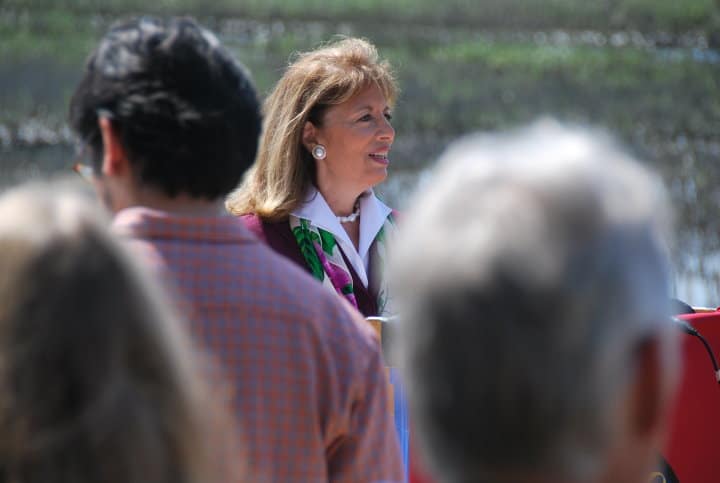UPDATE (12/23/22): President Biden signed the San Francisco Bay Restoration Act into law on December 23rd, 2022 as an amendment to the National Defense Authorization Act (HR 7776). Additionally, Congress increased funding for San Francisco Bay water quality and habitat protections to $54.4 million for 2023. These actions will support critical improvements to the health of the Bay and help our region adapt to a changing climate by funding nature-based restoration and adaptation projects.
Congress is on the verge of passing urgently needed federal funding to restore San Francisco Bay against threats from climate change, sea level rise and pollution – more than a decade after Save The Bay started campaigning for such legislation.
Several times in recent years, the House of Representatives has passed the San Francisco Bay Restoration Act (H.R. 610, sponsored by Rep. Jackie Speier), but the Senate has not approved it or a similar bill S.1906 sponsored by California Senators Dianne Feinstein and Alex Padilla. Those bills would authorize $125 million to $250 million over five years for Bay wetland restoration, water quality improvement, and climate adaptation, and create a new permanent San Francisco Bay program office within the Environmental Protection Agency to allocate those funds to priority projects.

This summer, Rep. Speier succeeded in attaching the San Francisco Bay Restoration Act to the House-passed Department of Defense funding bill, considered “must-pass” legislation even in years when Congressional gridlock dominates. Now the Senate is expected to pass that Defense bill before Congress adjourns for the year, and the Bay Act has a chance to become law.
It’s been a long journey
Save The Bay worked with Rep. Speier in early 2010 to introduce the first version of the legislation, aiming to correct decades of underinvestment by the federal government in San Francisco Bay. Compared to other major estuaries like the Chesapeake Bay and Puget Sound, the US Environmental Protection Agency (EPA) provides relatively little funding to support environmental quality, habitat restoration, and pollution prevention in the Bay Area.
Since then, Bay Area residents voted overwhelmingly to pass Measure AA in 2016, creating $500 mil. over 20 years for Bay restoration from a small regional parcel tax. The state legislature also stepped up by devoting hundreds of millions of dollars from recent budget surpluses to boost coastal resilience against rising tides, with an emphasis on wetlands as nature’s shoreline flood protection.
Increased federal investment in Bay restoration is long overdue, especially since most of the wetland re-creation potential is on federal property, on retired salt ponds and hayfields within the National Wildlife Refuge that were tidal marshes before they were diked.
As Rep. Speier prepares to retire from Congress, final passage and enactment of the San Francisco Bay Restoration Act would provide an ongoing contribution to the natural treasure in our midst and a great legacy of her long-time leadership for the Bay.


























































